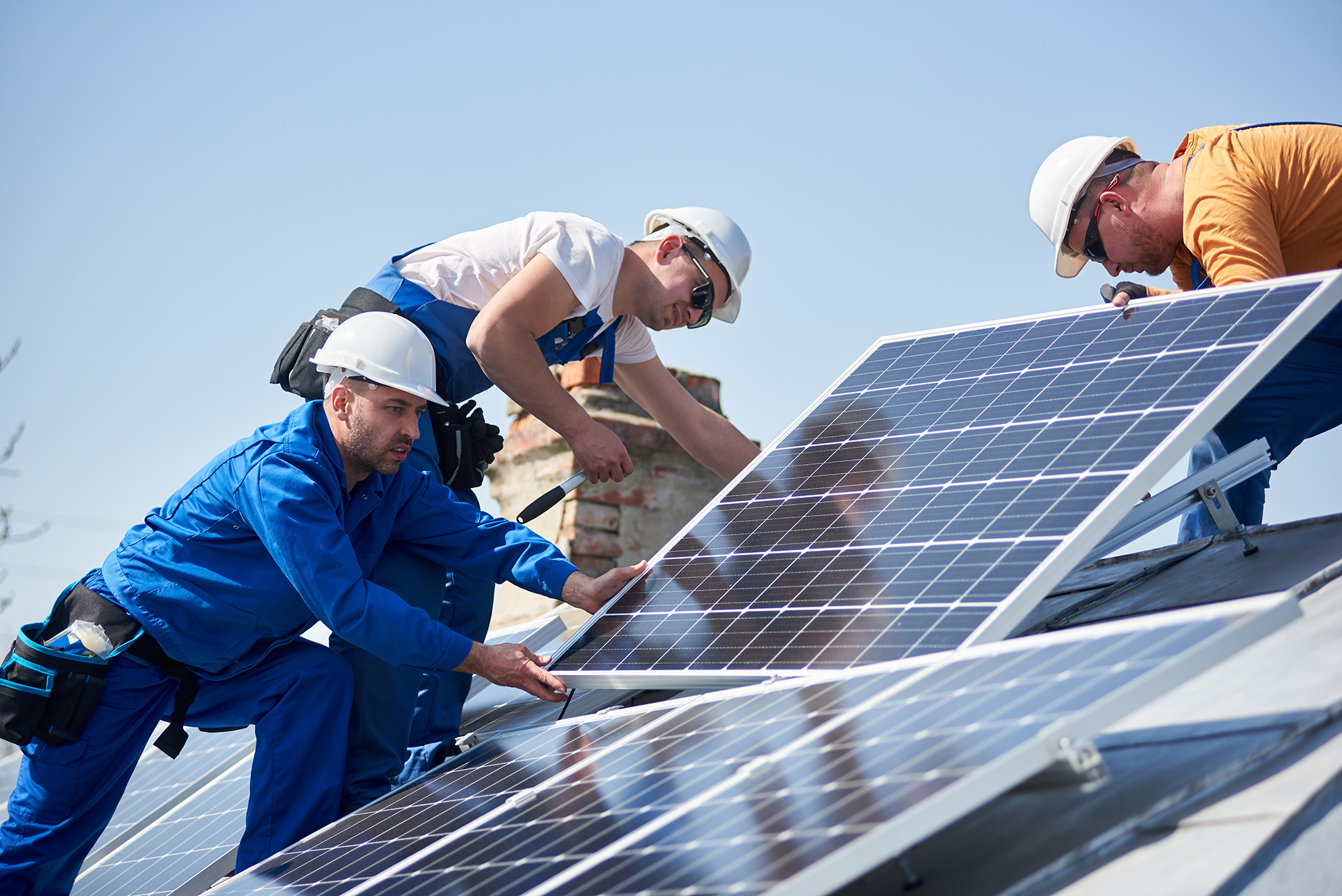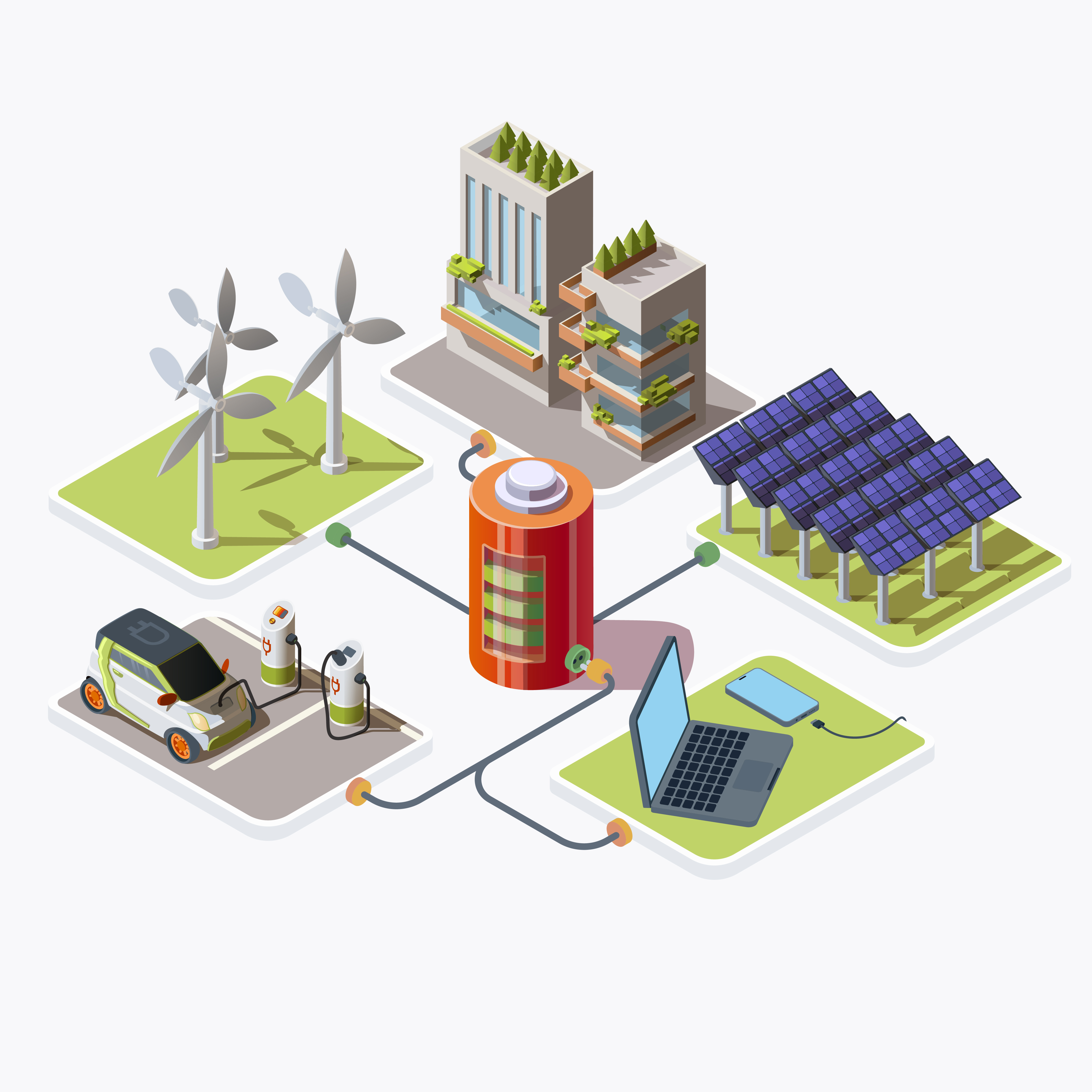Introduction
Solar energy has emerged as a vital solution to combat climate change and meet the world’s growing energy demands sustainably. The continual advancements in solar panel technology play a pivotal role in enhancing the efficiency, affordability, and versatility of solar energy systems. As we step into 2024, let’s explore the latest innovations shaping the landscape of solar panel
technology.
Efficiency Enhancements
Breakthroughs in photovoltaic cell efficiency Solar panel efficiency refers to the percentage of sunlight that a panel can convert into electricity. Over the years, researchers and engineers have been striving to enhance this efficiency to maximize energy production. In 2024, significant breakthroughs have been made in improving the efficiency of photovoltaic cells. New materials and manufacturing techniques have contributed to higher conversion rates, allowing solar panels to generate more electricity from the same amount of sunlight. Innovations in tracking systems for optimized sunlight capture Another area of focus for improving solar panel efficiency is the optimization of sunlight capture. Tracking systems, which adjust the angle of solar panels to align with the sun’s position throughout the day, play a crucial role in maximizing energy production. Recent innovations in tracking technology have led to more precise and responsive systems, ensuring that solar panels capture the maximum amount of sunlight at all times.
Thin-Film Innovations
Advantages of thin-film solar panels Thin-film solar panels offer several advantages over traditional silicon-based panels. They are lighter, more flexible, and often cheaper to produce. Additionally, thin-film technology allows for greater design flexibility, enabling solar panels to be integrated into various surfaces such as roofs, windows, and even clothing. In 2024, the popularity of thin-film solar panels continues to grow as manufacturers refine their production processes and improve efficiency.
Latest developments in thin-film technology for increased efficiency Researchers are continually exploring new materials and deposition techniques to enhance the efficiency of thin-film solar panels. By optimizing the composition and structure of thin-film layers, scientists aim to improve light absorption and electron
transport, ultimately leading to higher conversion rates. In 2024, promising advancements in thin-film technology have brought us closer to achieving commercial-scale solar panels with efficiency levels comparable to traditional silicon-based modules.
Importance of energy storage in solar systems One of the main challenges of solar energy is its intermittent nature. Solar panels only generate electricity when exposed to sunlight, which means that energy production fluctuates throughout the day. Energy storage systems address this issue by storing excess energy generated during peak sunlight hours for use during periods of low or no sunlight. In 2024, the integration of energy storage solutions with solar panels has become increasingly important as the demand for reliable renewable energy sources continues to rise. New methods for integrating storage solutions with solar panels Recent advancements in battery technology have paved the way for more efficient and cost-effective energy storage solutions. Lithium-ion batteries, in particular, have seen significant improvements in energy density, cycle life, and safety, making them ideal for solar energy storage applications. In addition to traditional battery storage, other innovative approaches, such as pumped hydroelectric storage and thermal energy storage, are being explored for their potential to enhance the reliability and scalability of solar power systems.
Cost Reduction Strategies
Trends in reducing the cost of solar panel production Reducing the cost of solar panel production is essential for making solar energy more accessible and affordable to a wider range of consumers. In recent years, advancements in manufacturing processes, economies of scale, and supply chain optimization have contributed to significant cost reductions in solar panel production. In 2024, these trends continue as manufacturers invest in automation, resource efficiency, and technological innovation to drive down costs further.
Innovations in installation techniques for cost savings In addition to reducing manufacturing costs, innovations in installation techniques are also helping to make solar energy more affordable. Streamlined installation processes, modular designs, and prefabricated components are all contributing to lower labor and installation costs. Furthermore, advancements in mounting and racking systems are making it easier and more cost-effective to install solar panels on various types of surfaces,
including roofs, walls, and even floating platforms.
Bifacial Solar Panels
Advantages of bifacial solar panels Bifacial solar panels are designed to capture sunlight from both the front and back sides, allowing them to
generate electricity more efficiently than traditional monofacial panels. By utilizing reflected and diffuse light, bifacial panels can achieve higher energy yields, especially in environments with high albedo surfaces such as snow or sand. In 2024, the adoption of bifacial solar panels continues to increase as manufacturers refine their designs and demonstrate their superior performance in real-world conditions.
Latest developments in bifacial panel technology for increased efficiency Recent developments in bifacial panel technology have focused on improving light capture and energy conversion on the rear side of the panel. Advanced cell designs, transparent backsheets, and specialized mounting systems are all contributing to higher rear-side energy yields. In 2024, these innovations are driving the widespread adoption of bifacial solar panels in utility-scale solar projects, commercial rooftops, and other applications where maximizing energy production is paramount.
Building Integrated Photovoltaics (BIPV)
Incorporating solar panels into building materials Building Integrated Photovoltaics (BIPV) integrate solar panels directly into building materials such as roofs, facades, and windows, seamlessly blending renewable energy generation with architectural design. In addition to generating electricity, BIPV systems can provide shading, thermal insulation, and aesthetic enhancements to buildings. In 2024, BIPV technologies are gaining traction in the construction industry as developers, architects, and building owners recognize the economic, environmental, and aesthetic benefits they offer. Examples of innovative BIPV projects and their impact From solar shingles and tiles to transparent solar windows and facades, there are numerous examples of innovative BIPV projects around the world. These projects demonstrate the versatility and scalability of BIPV solutions in various building types and climates. In 2024, the growing demand for sustainable and energy-efficient buildings is driving the adoption of BIPV technologies, transforming the way we think about energy generation and consumption in the built environment
Artificial Intelligence in Solar Panel Optimization
Role of AI in improving solar panel efficiency Artificial Intelligence (AI) is revolutionizing the solar industry by enabling real-time monitoring, analysis, and optimization of solar panel performance. AI algorithms can analyze vast amounts of data collected from sensors, weather forecasts, and historical energy production to identify patterns and optimize system operation. In 2024, AI-powered solar panel optimization tools are becoming increasingly
sophisticated, helping solar operators maximize energy yields, reduce downtime, and improve overall system reliability.
Recent advancements in AI-driven solar panel optimization algorithms Advancements in machine learning, deep learning, and neural networks are driving the development of AI-driven solar panel optimization algorithms. These algorithms can predict energy production, detect faults, and recommend corrective actions in real-time, leading to significant improvements in system efficiency and performance. In 2024, solar operators are leveraging AI technologies to optimize energy production, minimize operational costs, and extend the lifespan of solar panel installations.
Increased Durability and Longevity
Importance of durability in solar panel design Durability is a critical factor in the design and manufacturing of solar panels, especially in harsh environmental conditions such as extreme temperatures, high winds, and humidity. Solar panels must withstand years of exposure to the elements without degradation or performance loss to ensure a reliable and sustainable energy supply. In 2024, advancements in materials science and engineering are leading to the development of more durable and resilient solar panel designs. Latest materials and coatings enhancing panel longevity New materials and coatings are being developed to enhance the durability and longevity of solar panels. Anti-reflective coatings, hydrophobic coatings, and UV-resistant materials help protect solar panels from dust, moisture, and UV radiation, prolonging their lifespan and maintaining performance over time. In 2024, these advanced materials and coatings are becoming standard features in next-generation solar panel designs, offering increased reliability and peace of mind to solar system owners and operators.
Conclusion
The year 2024 marks another milestone in the evolution of solar panel technology, with significant advancements in efficiency, affordability, and versatility driving the widespread adoption of solar energy worldwide. From breakthroughs in photovoltaic cell efficiency to innovations in energy storage integration and AI-driven optimization, the latest developments in solar panel technology are transforming the way we harness and utilize renewable energy. As we continue to push the boundaries of innovation, solar energy promises to play an increasingly prominent role in powering a sustainable future for
generations to come.







